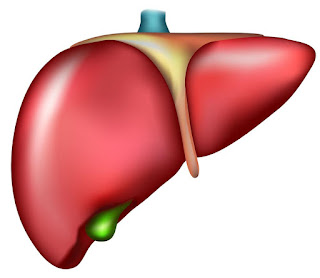4 groups of people urgently need liver protection and liver treatment
 |
| 4 groups of people urgently need liver protection and liver treatment |
1. Face eyes white and yellow, people with symptoms of jaundice need to raise the liver, people with poor liver, often appear as a complexion, white eyes or yellow skin, the so-called jaundice symptoms. Need to protect the liver and liver
2. Limbs are weak, easy to fatigue, lazy less movers need to raise the liver, mainly because of abnormal liver function, carbohydrates, protein, fat and other intermediate metabolic disorders, resulting in insufficient energy production, human fatigue, physical decline, spirit Poor, liver damage caused by poor bile excretion, the reduction of cholinesterase in the blood, affecting the normal physiological functions of the nerves and muscles, so when you are tired, do not think about the symptoms of diet, you need to timely liver conditioning .
3. Temper, irritability, emotionally excited people need to raise the liver, the liver likes to calm the stagnation, often angry and angry, mostly because of poor liver stagnation caused by the qi and blood running disorders, other organs and organs caused by disturbances Although there may not be any symptoms at the moment, it will indeed plant a lot of time bombs for our liver health. Therefore, people who are often angry, irritated, mood swings, and full of abdominal pressure need timely liver conditioning.
4. Tired of greasy, yellow urine requires liver, mainly because the function of liver secretion and bile production is weakened, so that the liver's digestive function of fat is weakened, so there will be oily phenomenon. Liver excretion of bile is blocked, blood bilirubin is elevated, excessive bilirubin excreted through the kidneys, there will be yellowing of urine, therefore, people who have this symptom should pay attention to liver conditioning.




















